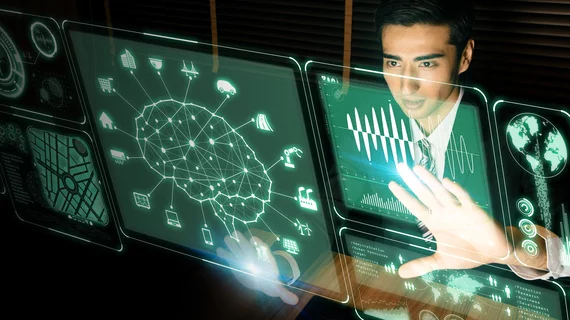As machine learning (ML) continues to play a larger role in radiology, it is crucial for future generations of radiologists to receive proper training that helps them participate in its development and implementation, according to a new analysis published in the Journal of the American College of Radiology.
“If radiologists are expected to utilize ML models safely and effectively for imaging interpretation, education for all levels of background and experience will be required, and a formalized ML curriculum targeted toward early career radiologists and trainees is urgently needed,” wrote author Monica J. Wood, MD, department of radiology at Massachusetts General Hospital and Harvard Medical School in Boston, and colleagues.
An effective ML curriculum would be one that covers “all stages of model development, model translation and use in clinical practice,” the authors wrote. By training radiologists on everything from data collection to interpreting performance metrics, trainees can be better prepared for analyzing the strengths and weaknesses of algorithms and determining “the validity and clinical applicability of their predictions.”
Another reason for trainees to learn as much about ML as possible, the authors added, is the unintuitive nature of these algorithms.
“It is critical that radiologists learn to appropriately leverage a model’s output, critically evaluating all findings while never becoming complacent or blindly accepting these algorithmic predictions,” Wood and colleagues wrote.
The good news, according to the analysis, is that RSNA, the Society for Imaging Informatics in Medicine and the American College of Radiology have all identified the importance of this issue and taken steps toward developing such a curriculum. Once a consensus has been reached, it can then be vetted by relevant bodies such as the Association of Program Directors in Radiology. Attending physicians should also be exposed to this curriculum once it is finalized, the authors added, so “accredited CME material should also be developed.”
“The emergence of ML technology in radiology cannot be denied,” the authors concluded. “Rather than succumb to fear and skepticism, future radiologists must be equipped with a working knowledge of ML to leverage the tools as they are deployed.”

